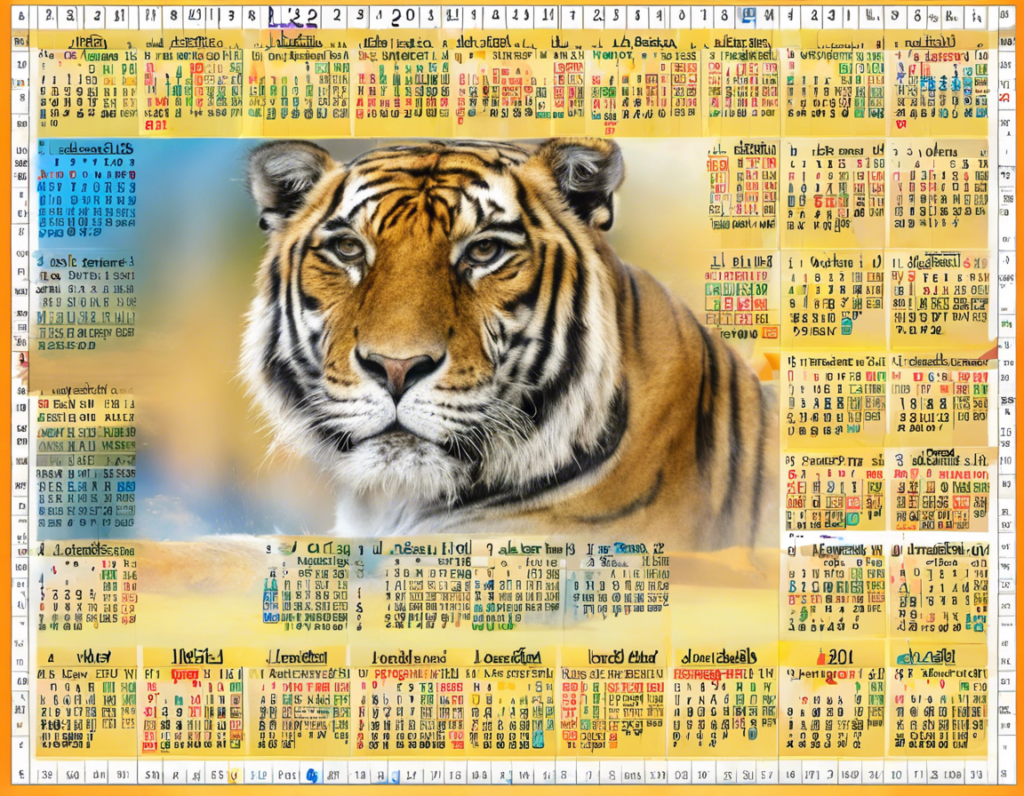Bengali Calendar 2023: Important Dates and Festivals to Remember
The Bengali calendar, also known as the Bangla calendar, is a variation of the Hindu solar calendar in which a year is divided into 12 months. Each month consists of either 29 or 30 days, and the year ends with a 30-day 13th month known as Mesh Sankranti in leap years. The Bengali calendar is primarily used in the Bengali-speaking regions of West Bengal in India and Bangladesh.
Bengali Calendar System:
The Bengali calendar is based on the Surya Siddhanta, an ancient astronomical text that calculates the solar year. The calendar begins with the starting point of the Gregorian calendar year 594 AD, the year calculated to be the year Lord Krishna was born according to the Hindu calendar.
Bengali Months and Days:
The Bengali calendar consists of 12 months which are as follows:
- Baisakh (Mid-April to Mid-May)
- Jyeshtha (Mid-May to Mid-June)
- Ashar (Mid-June to Mid-July)
- Shravan (Mid-July to Mid-August)
- Bhadra (Mid-August to Mid-September)
- Ashwin (Mid-September to Mid-October)
- Kartik (Mid-October to Mid-November)
- Agrahayan (Mid-November to Mid-December)
- Poush (Mid-December to Mid-January)
- Magh (Mid-January to Mid-February)
- Phalgun (Mid-February to Mid-March)
- Chaitra (Mid-March to Mid-April)
Each month is divided into two halves known as Waxing and Waning phases. The Bengali week, known as Saptaha, consists of seven days starting from Sombar (Monday).
Important Dates and Festivals in Bengali Calendar 2023:
-
Pohela Boishakh: This is the Bengali New Year celebrated on the first day of the month of Baisakh (typically falls on April 14th or 15th).
-
Ratha Yatra: Celebrated on the second day of the bright fortnight of Ashadha (June-July), this festival involves the procession of Lord Jagannath, Balabhadra, and Subhadra in a chariot.
-
Durga Puja: A major Hindu festival celebrating the worship of Goddess Durga and her victory over the buffalo demon, Mahishasura. It usually takes place in the month of Ashwin (September-October).
-
Diwali: Known as the Festival of Lights, Diwali is celebrated on the new moon day of the month of Kartik (October-November) with fireworks, lamps, and sweets.
-
Rash Yatra: Celebrated on the full moon day of Jyeshtha (May-June), this festival honors the Lord Jagannath.
-
Christmas: Celebrated by the Christian community on December 25th, commemorating the birth of Jesus Christ.
-
Poush Parbon: Celebrated in the month of Poush (December-January), this festival marks the beginning of the harvest season with traditional Bengali dishes made from newly harvested crops.
Bengali Calendar 2023 Dates:
- Pohela Boishakh: April 14, 2023
- Ratha Yatra: July 4, 2023
- Durga Puja: October 7-11, 2023
- Diwali: October 20, 2023
- Rash Yatra: June 9, 2023
- Christmas: December 25, 2023
- Poush Parbon: January 14, 2023
Frequently Asked Questions (FAQs):
- What is the significance of Pohela Boishakh?
-
Pohela Boishakh marks the traditional Bengali New Year and is celebrated with cultural programs, fairs, and traditional rituals to welcome the new year.
-
When does Durga Puja usually take place in the Bengali calendar?
-
Durga Puja is celebrated in the month of Ashwin (September-October) over a period of five days, culminating in the victory of Goddess Durga over evil.
-
Is Diwali a significant festival in Bengali culture?
-
Diwali is not traditionally a Bengali festival but is celebrated by various communities in the region, especially the Marwari and Sindhi communities.
-
Are there regional variations in the way festivals are celebrated in West Bengal and Bangladesh?
-
While the essence of the festivals remains the same, there may be minor variations in customs, traditions, and specific rituals in how festivals are celebrated in West Bengal and Bangladesh.
-
What are some common traditions during Pohela Boishakh celebrations?
-
Pohela Boishakh is characterized by wearing new clothes, traditional sweets, visiting temples, cultural events like fairs, processions, and Mangal Shobhajatra (a lively parade).
-
Why is Ratha Yatra celebrated in the Bengali calendar?
- Ratha Yatra is the chariot festival of Lord Jagannath and is celebrated to commemorate his annual visit to his birthplace along with his brother Balabhadra and sister Subhadra.
Understanding the Bengali calendar and its festivals not only provides insight into the rich cultural heritage of the Bengali-speaking regions but also allows for participation in the vibrant celebrations that mark the passage of time and seasons. Plan ahead and mark your calendars to immerse yourself in the festivities of Bengali Calendar 2023.
